I was lucky.
I fell in love with reading from my perch on my mama’s lap long before I was enrolled in school.
Then I caught the word fever on my own, and devoured book after book, determined to read everything. My third grade teacher had to shoo me out of the library to the playground during recess. And to this day, most of my possessions are made of paper and print.
But for some kids finding the road to reading takes more time.
And it’s fine to let children develop reading skills at different paces. Yet if they hit third grade and are still struggling with literacy, that’s a red flag. Because research shows that this benchmark is a determining point in educational success.
This is where SMART volunteers step in to help.
SMART is an acronym for Start Making A Reader Today, and it’s premise is simple: Pair two adult volunteers with kids who need reading support. The goal is to support children’s literary efforts and model good reading habits for a seven month period.
The SMART program, founded in 1992, also seeks to complement reading curriculum already embedded in schools. This means educators can aid children who need extra reading help by matching them with a SMART volunteer.
And the data indicates that the one-on-one mentorship of SMART volunteers pays off in a big way. Fifth graders who participated in SMART are 60 percent more likely to reach state reading benchmarks than are similar students who didn’t, according to an independent study by the Eugene Research Institute.
This week we’re featuring SMART as part of our award-winning Community Voices series. The podcast, featuring interview sessions with members of the organization, are below.
- A Very New Pickathon in 2022 - August 13, 2022
- Pickathon returns to Pendarvis Farm! It’s not just the artists that’ll be new. - August 3, 2022
- July is BIPOC Mental Health Awareness Month (Black, Indigenous, Persons of Color) - July 14, 2022


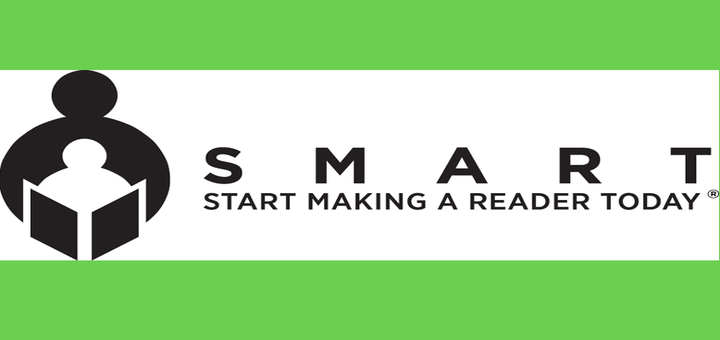
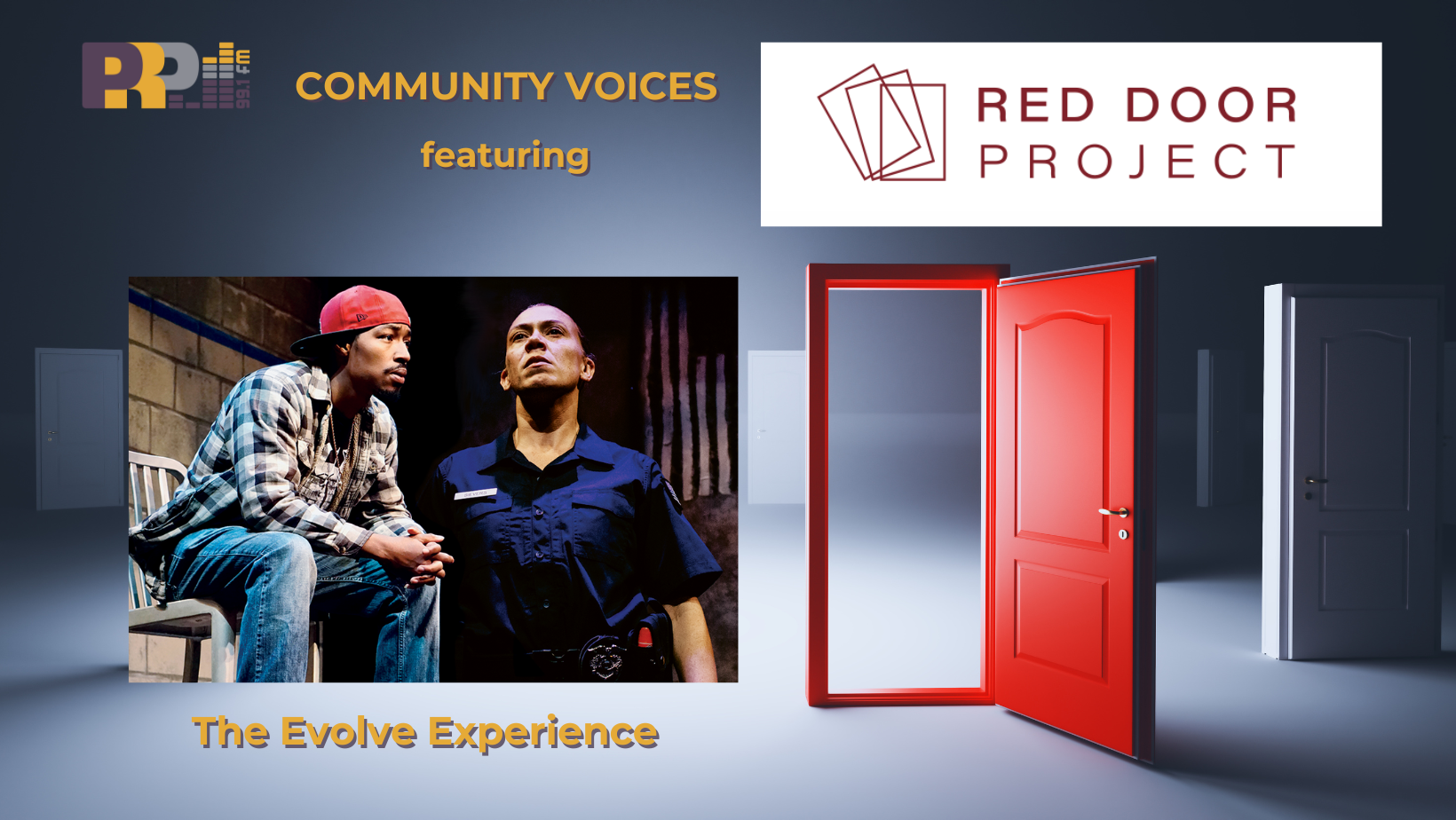
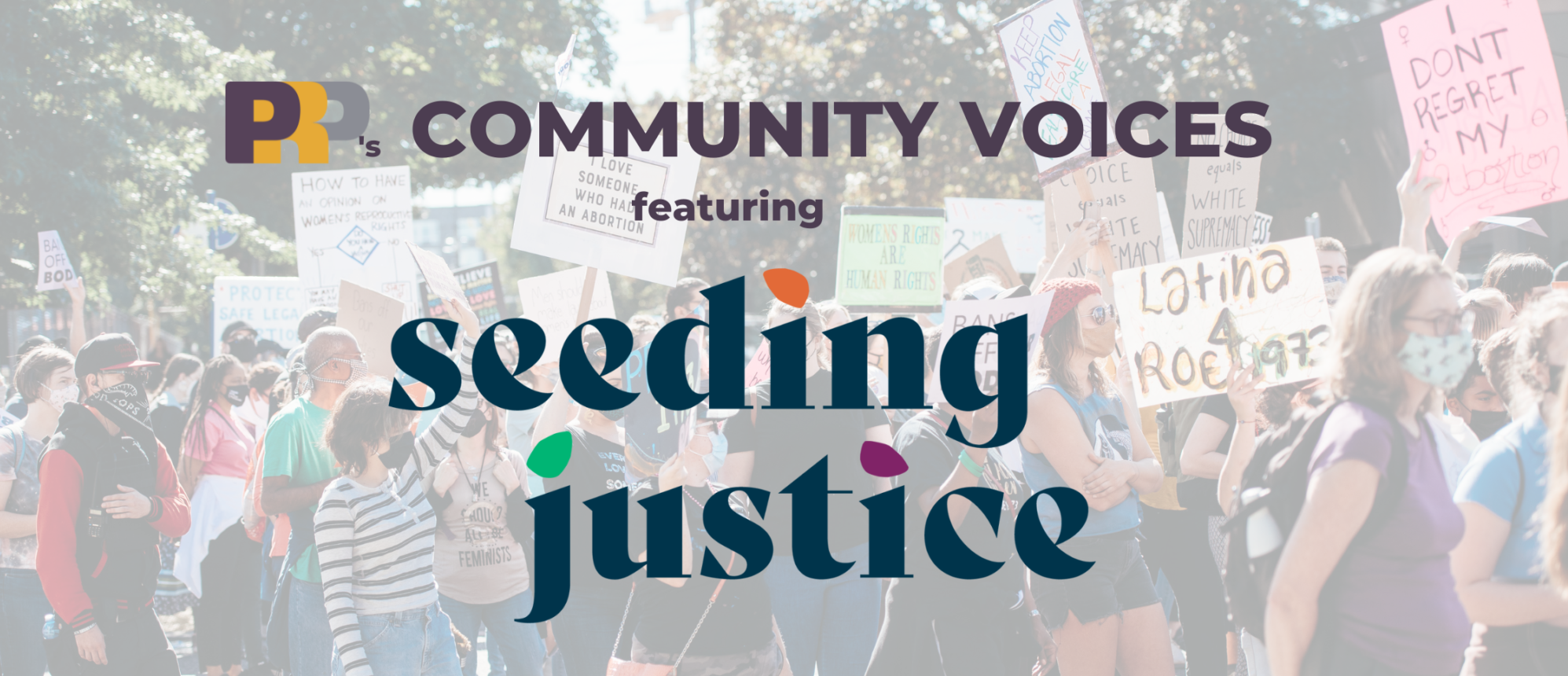

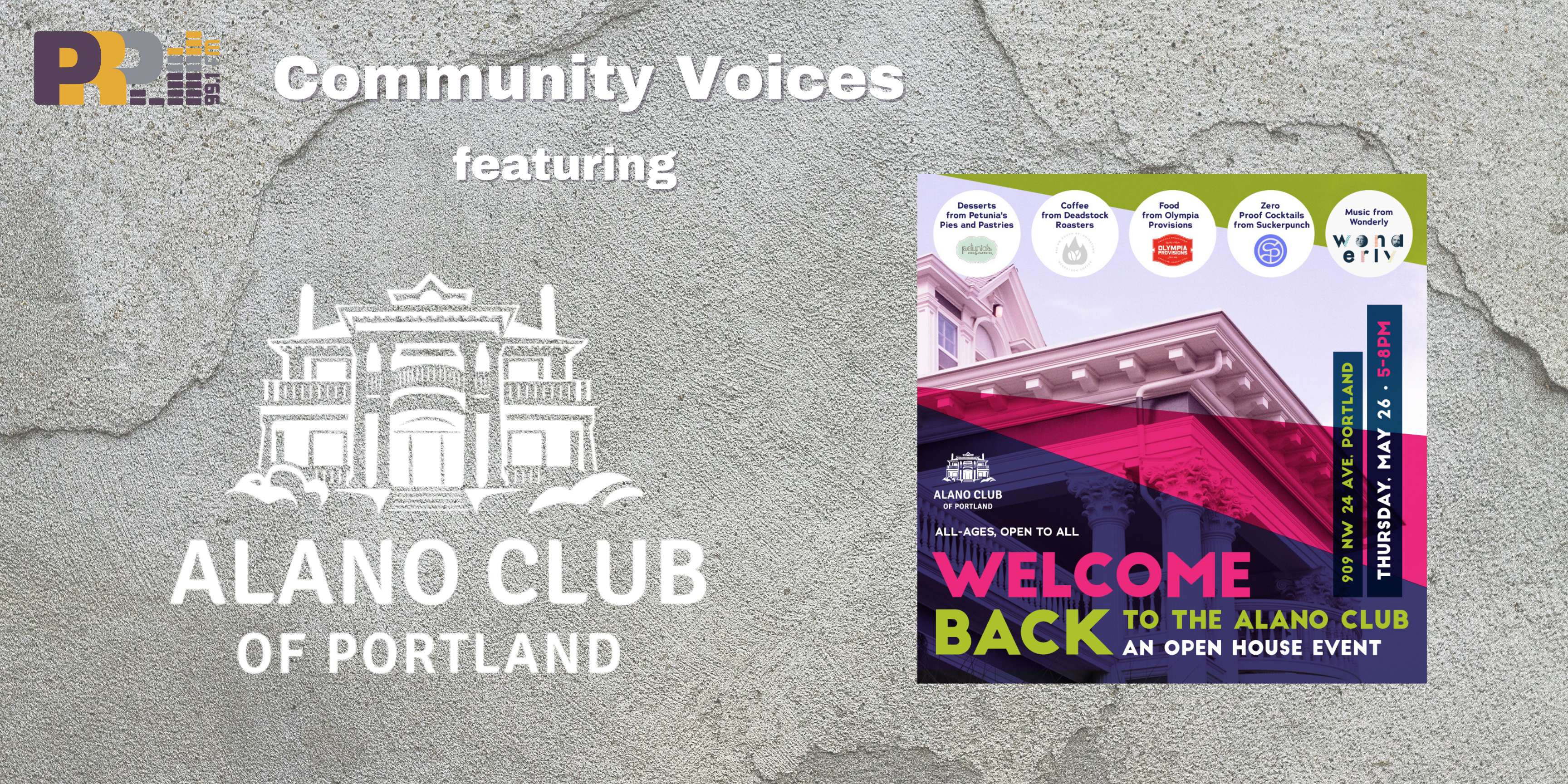
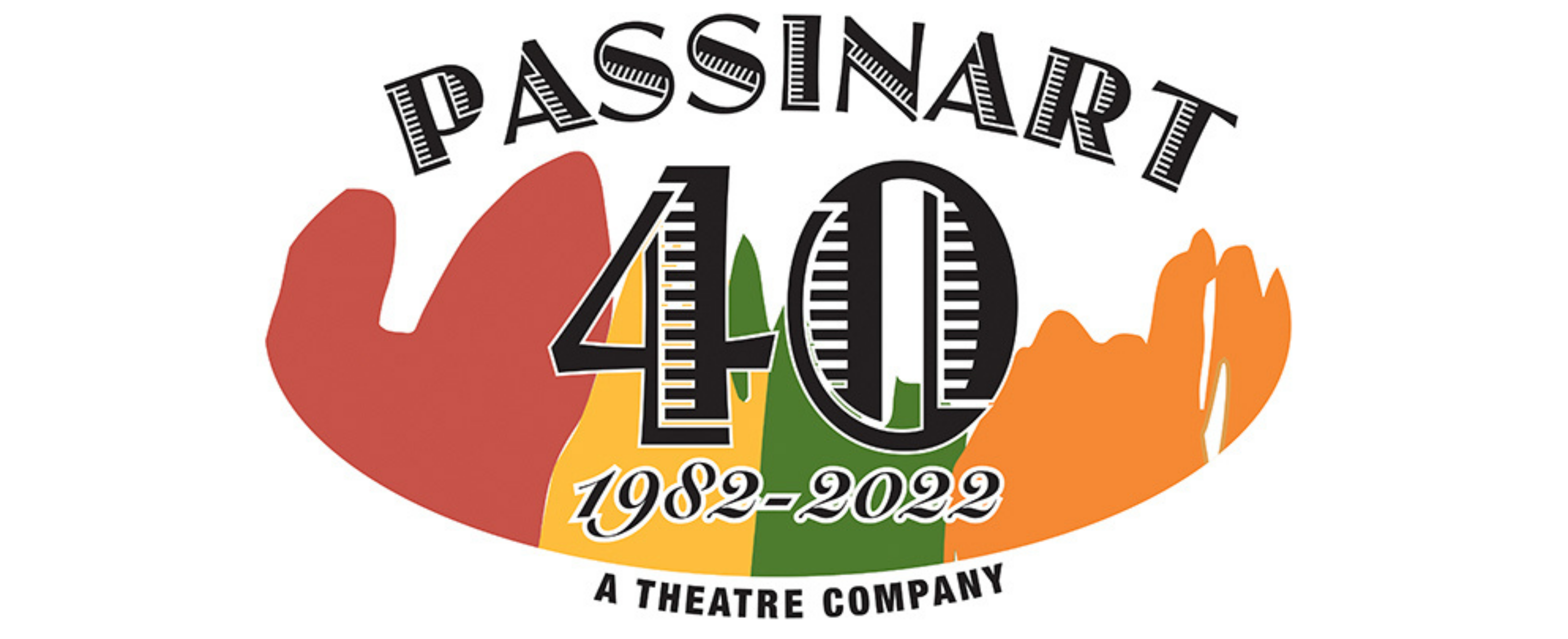

Leave A Comment